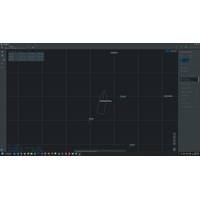
Kongsberg Discovery Launches HiPOS – HiPAP Positioning Software
in the most demanding environments.”HiPOS can be used across the latest generation of Kongsberg Discovery HiPAP systems, including the 602, 502, 352 and µPAP solutions.In addition to the software innovation, the Norwegian-headquartered business has also added two models of portable SSBL acoustic systems to its market-leading portfolio, the µPAP 201-C and HiPAP 352P-C. With computers built into the transceiver/transducer housing this offering allows for easy installation on smaller uncrewed vessels by negating the need for a separate onboard computer

Saildrone Unveils New Acoustic Capabilities to Protect Marine Mammals
species monitoring and mitigation compliance services, to create a monitoring network using cutting-edge acoustic technology, autonomous vehicles, and machine learning to detect, classify, and localize marine mammals.Two Saildrone uncrewed surface vehicles (USVs) equipped with proprietary underwater acoustic systems were deployed off the coast of Massachusetts to listen for North Atlantic right whales and other marine mammals. The virtually silent saildrones were stationed in an area where several species of whales are known to be present. During the two-week deployment, the saildrones recorded numerous

Sonardyne Deploys 'New Breed' of Subsea Sensors at Shell's Ormen Lange Field
;"Each sensor accurately collects pressure, temperature and inclination data at the seafloor, at pre-programmed intervals. The data is then periodically harvested, from an integrated high speed acoustic modem contained within each Fetch PMT or Fetch AZA PMT, using a choice of Sonardyne’s acoustic systems deployed from an unmanned surface vehicle (USV) or conventional ship. The data is then used to calculate any vertical displacement of the seabed at the Ormen Lange field," the company explained.Shaun Dunn, Vice President of Projects at Sonardyne, says, “Many years ago, geophysicists
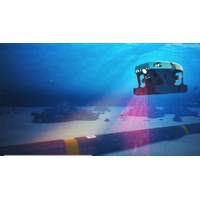
Barcodes to Drive Down Pipeline Inspection Costs
sea trial on much smaller surfaces – down to pipes of 6” in diameter – in the South of France. The tests were a success, proving that these markers, combined with iXblue’s and Forssea’s expertise, can be used to provide accurate subsea positioning without the need for acoustic systems.&rdquo
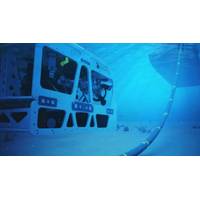
VIDEO: Barcode Tags Could Cut Subsea Pipeline Inspection Costs
sea trial on much smaller surfaces – down to pipes of 6” in diameter – in the South of France. The tests were a success, proving that these markers, combined with iXblue’s and Forssea's expertise, can be used to provide accurate subsea positioning without the need of acoustic systems."
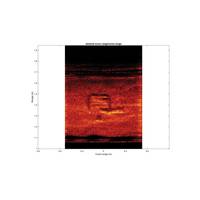
DOLPHIN: Enabling Technology for Acoustic Systems
DOLPHIN Signal Processing TechnologyAcoustics enable many core undersea capabilities. Where radio waves do not propagate well, and light is absorbed quickly, acoustic signals help us map, see, locate and communicate. The many products and technologies that employ acoustics all depend upon signal processing, thus new processing approaches can impact many applications. QinetiQ North America (QNA) and its partner Optimal Systems Laboratory (OSL) have developed DOLPHIN - a patented method using analog cancellation that eliminates receiver saturation and enables simultaneous transmit and receive.
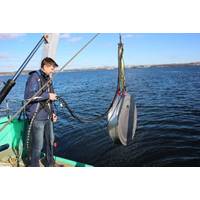
Tech Talk: GeoSpectrum Acoustic Solutions
company GeoSpectrum Technologies Inc, a producer of underwater acoustic transducers and systems, has been in operation for more than 20 years, supplying hydrophones and sound projectors to a range of customers in the marine and oceanography sectors, as well as providing consultancy services on acoustic systems integration and test procedures. End-user sectors include defense and homeland security, oil & gas, and environmental services. As well as standard products, GeoSpectrum can also provide customized products and is particularly recognized as a leading provider of systems for the marine mammal
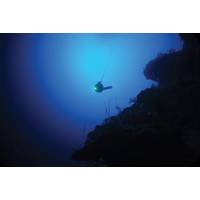
Unheard Underwater: Covert Communications
use of acoustics is prevalent when communicating wirelessly underwater and it is likely to remain so. The physics of how sound propagates in water are well understood. Instruments to both communicate with and track other acoustic beacons are common. In fact, low and medium frequency acoustic systems can be used to communicate effectively subsea over vast ranges. Sonardyne recently demonstrated data rates of up to 3000bps over an 11km range. However, the same reasons which make sound such an effective means for carrying data through the water also make it susceptible to interference and
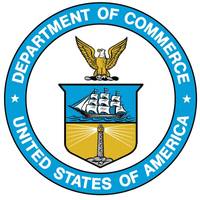
Export Licensing: Tips U.S. Exporters Shouldn’t Overlook
Commerce Control List (CCL) include not only complete systems and key parts and components, but also raw materials, production equipment, and other related items. For marine technology exporters, key entries can be found in USML categories VI (surface vessels of war), XI (underwater electronics and acoustic systems), XII (optical and inertial sensors) and XX (submersible vessels); and CCL categories 5 (telecommunications), 6 (acoustic sensors), 7 (inertial sensors and navigation), and 8 (marine). • Different levels of technology can affect where you can export. The level of a product&rsquo



 February 2024
February 2024





